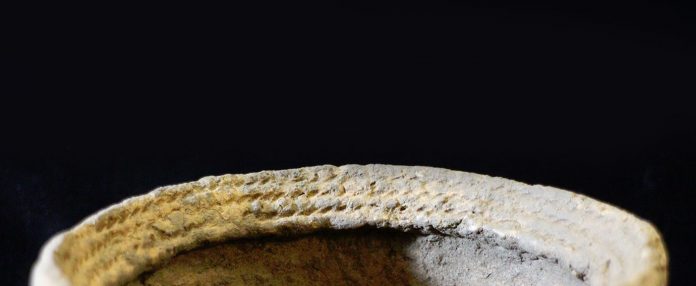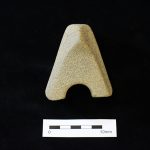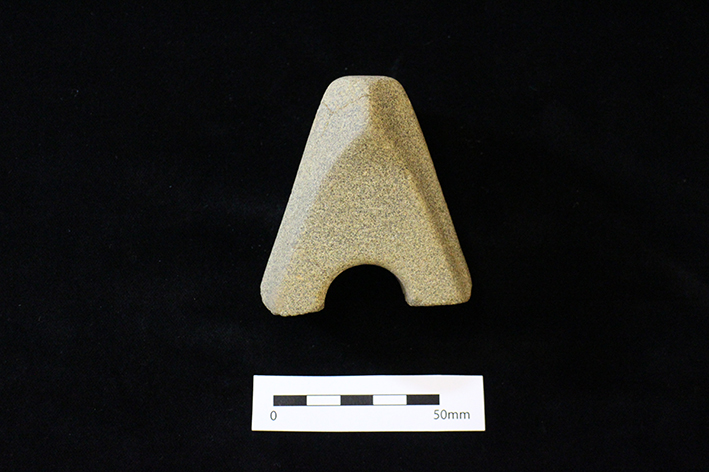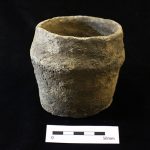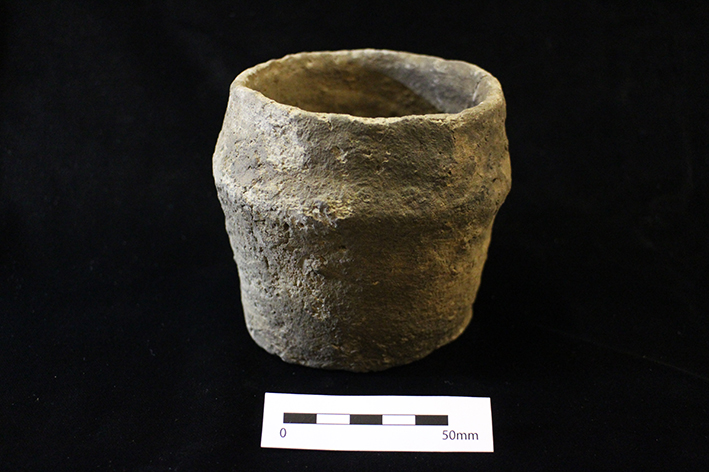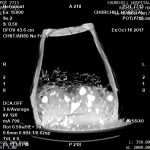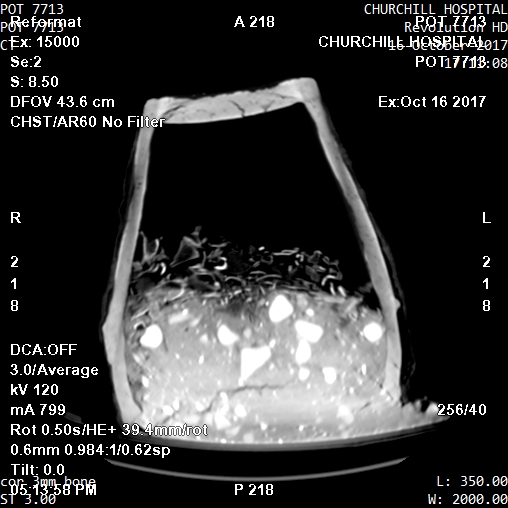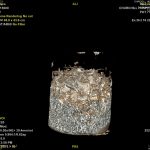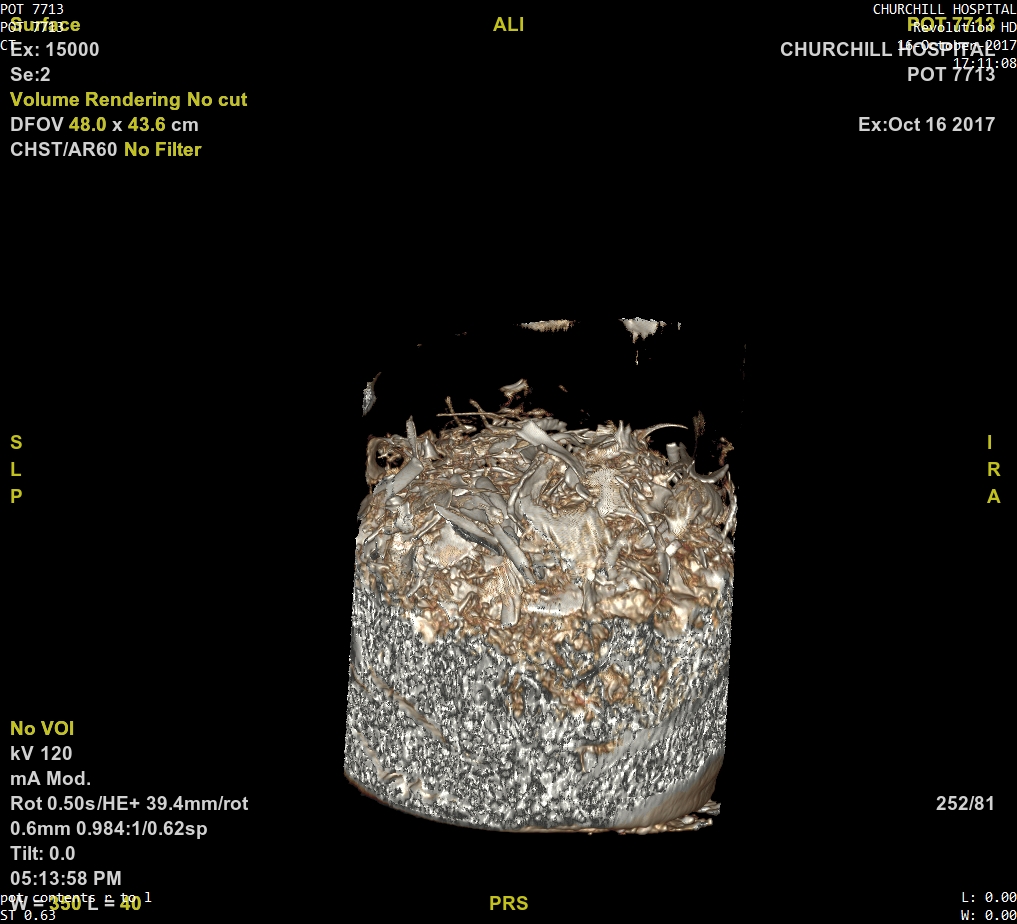[ccfic]
Post-excavation work by Oxford Archaeology on the site at Newark-on-Trent, Nottinghamshire, for Urban and Civic plc has been ongoing after completion of Phase 1 fieldwork in July 2017 and some fantastic new discoveries have been made.
The first month witnessed the final processing of remaining environmental samples, to provide feedback and inform mitigation strategies during fieldwork. The OA environmental team are currently undertaking the final assessment which will aid developing a more accurate understanding of the chronology of the site through radiocarbon dating among a range of other critical information.
Work on consolidating and digitising the paper archive and the post-excavation assessment has begun, and feeding into this report will be the specialist contributions, including assessment of the kiln furniture associated with the Roman/early post-Roman kilns, the lithic artefacts, including the Bronze Age axe fragment, and a small but hopefully informative assemblage of burnt animal bone from the site.
Cremation deposits
The burials department has also been excavating and undertaking initial assessment of the various cremation deposits and urns recovered from the hengiform monument. These have provided some surprises in the form of secondary urns within several primary urns, as well as a small but significant assemblage of grave goods, including a number of flint artefacts, and – most significantly – a collection of faience beads.
The initial assessment of the charred human remains indicates good potential for further analysis, allowing the identification of sex and age in many cases, with some pathological indicators also present. This initial work has also identified an interesting division between urned and un-urned cremation deposits, with the former seemingly associated with the remains of juveniles and the latter with those of adults.
Scanning the urn
During the first round of assessment, the burials department had advised that a large inverted bucket urn needed to be CT scanned, so that a better appreciation of its contents and their distribution could be developed before its excavation. We were lucky to be offered an opportunity to scan the Newark bucket urn at the Churchill Hospital, Oxford, a National Health Service facility. The scanner is, naturally, prioritised for patients, so the team were especially fortunate and grateful to be slotted in between appointments.
The scan was carried out by a team of enthusiastic radiographers who perform about 80 scans a day, beginning in the early hours of the morning. Scanning the urn was not completely new for them, as one had scanned an Egyptian mummy. They were, like us, fascinated to see the cremated contents gradually appear on the computer screen as the scan was made.
The Oxford Archaeology team wish to express their gratitude for their invaluable assistance, more so, as the scans were to prove to be crucial in the subsequent micro excavation of the contents.
Keep an eye out for more news in the future!
Source: Oxford Archaeology

